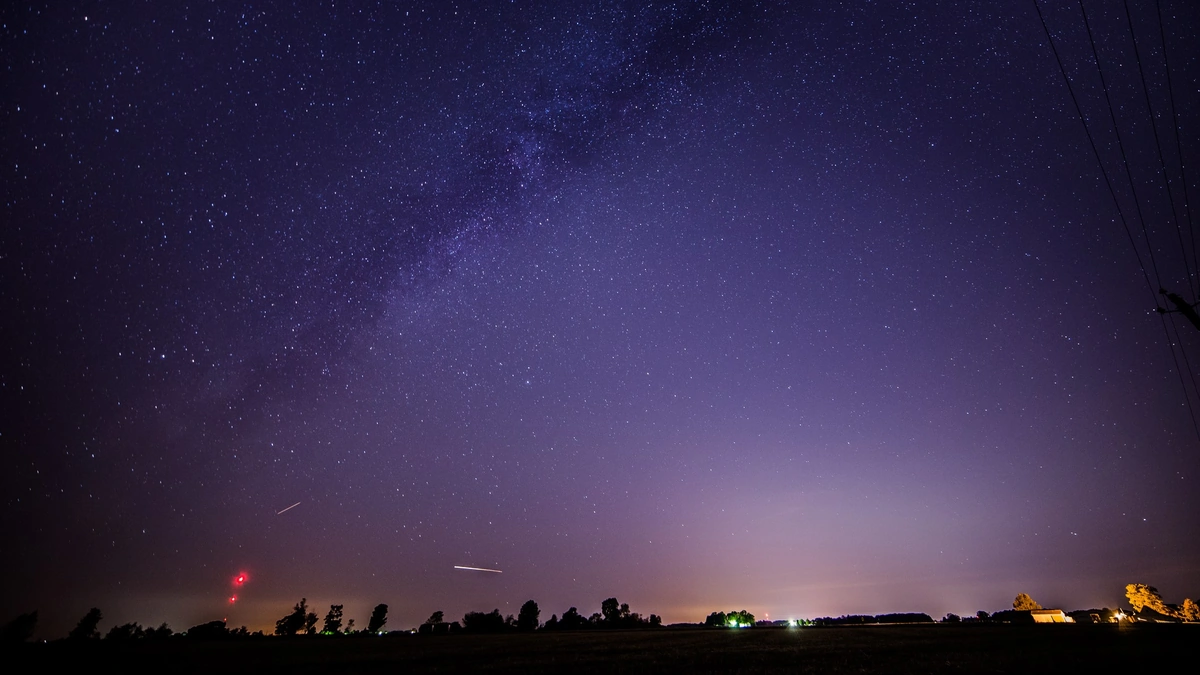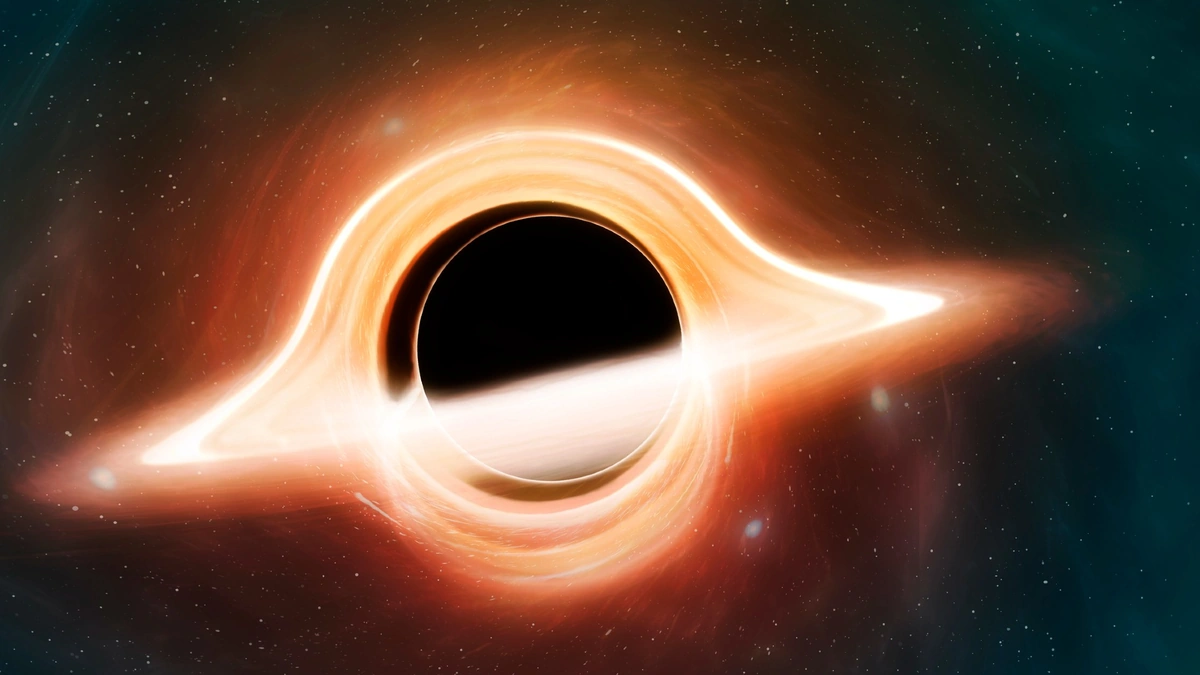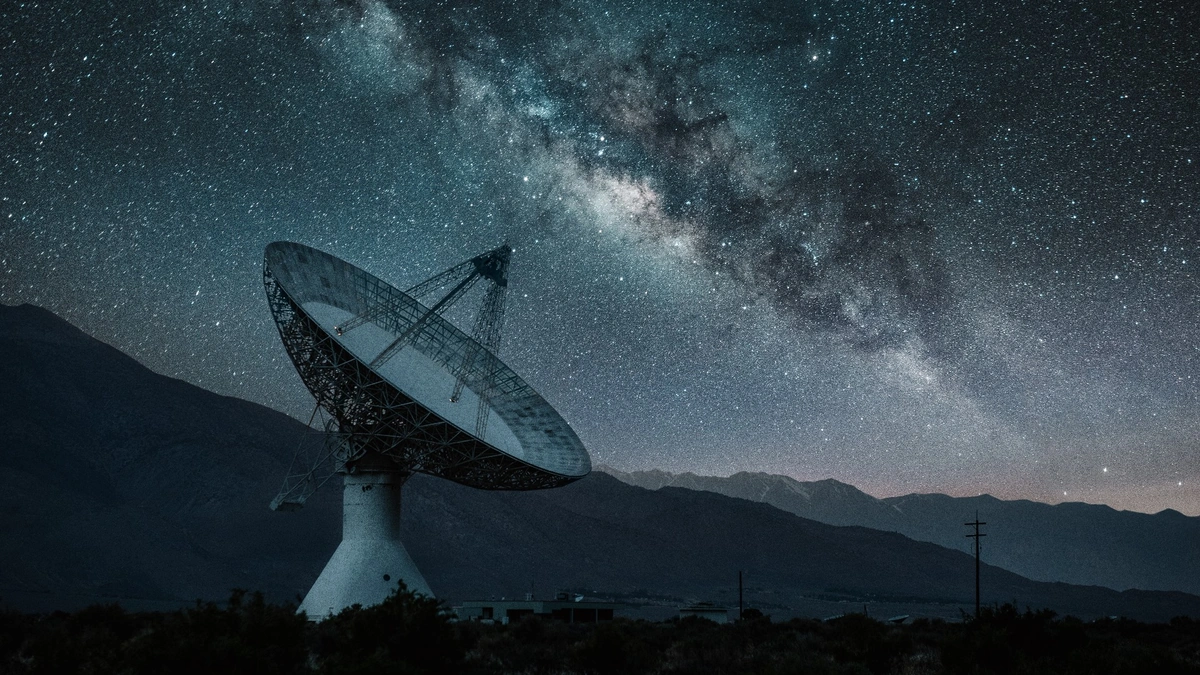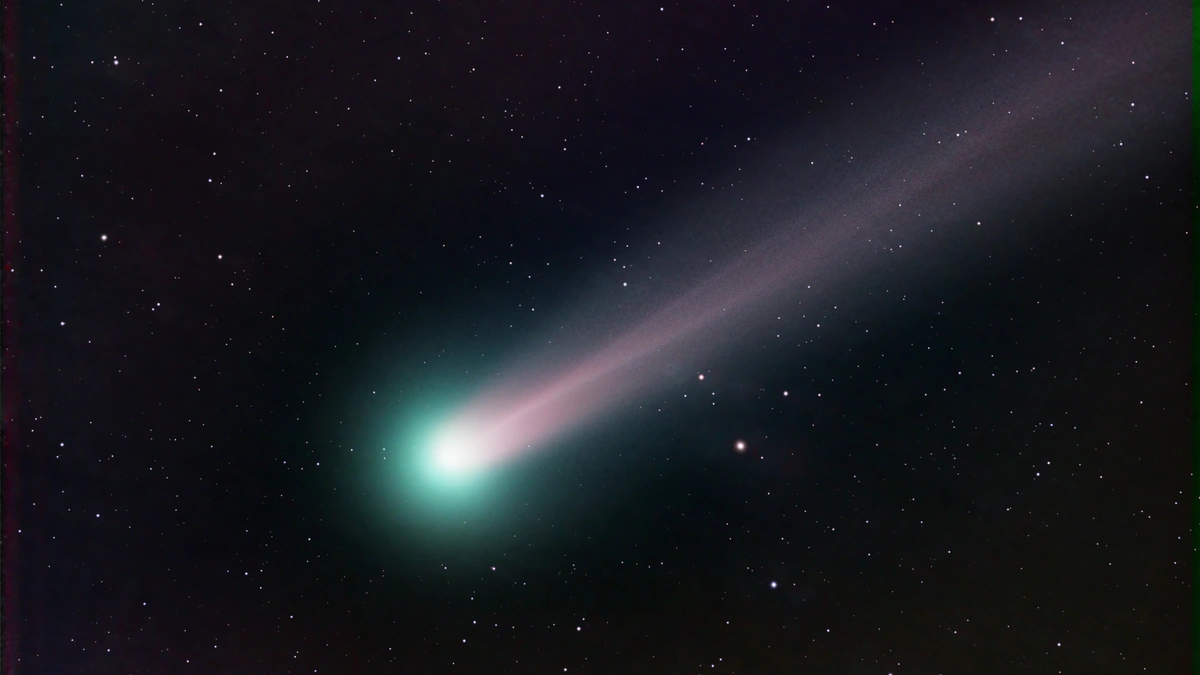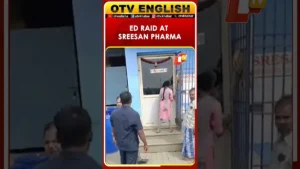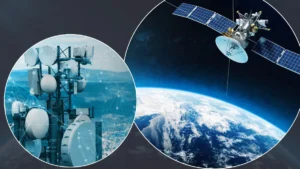Draconid Meteor Shower Peak | Viewing Guide for October 2025
Alright, sky-gazers of India, mark your calendars! October 2025 is bringing us the Draconid Meteor Shower, and you absolutely don’t want to miss it. But here’s the thing – simply knowing it’s happening isn’t enough. I want to equip you with the how, why, and where to make this celestial event unforgettable. Think of me as your cosmic sherpa, guiding you through the night sky. The meteor shower is a spectacle everyone should see at least once.
Why the Draconids Matter | More Than Just Shooting Stars
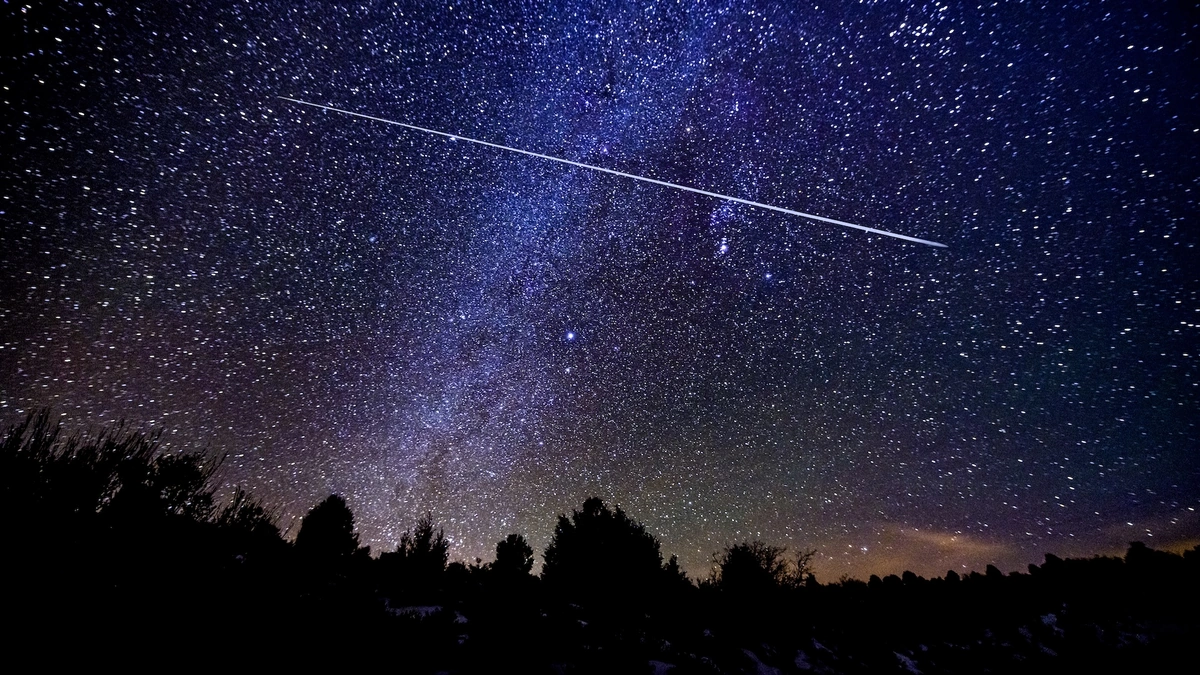
Okay, so you see some shooting stars. Big deal, right? Wrong! The Draconids are unique, and their story is far more fascinating than your average meteor shower. Most meteor showers are caused by Earth plowing through the debris left by comets. But the Draconids? They’re the handiwork of Comet 21P/Giacobini-Zinner. Now, that comet only swings by our neighborhood every 6.6 years. So, what’s so special about that? The one thing I want to make sure to tell you about is that the Draconids have been known to produce intense outbursts, with hundreds or even thousands of meteors per hour! This isn’t just a sprinkle of stardust; it’s potentially a cosmic downpour. In some years, this shower turns into a meteor storm!
But, it’s all about timing. The Draconid meteor shower is at it’s best in early October, usually the 8th and 9th. What fascinates me is that unlike many meteor showers, which are best viewed after midnight, the Draconids often peak in the evening hours. So, you can catch a glimpse without sacrificing your entire night’s sleep. Imagine sitting back, sipping some chai, and watching the show unfold. Sounds amazing, doesn’t it?
How to Prep for the Draconids Like a Pro
Now, let’s get practical. Seeing the Draconids isn’t just about stepping outside and hoping for the best. It requires a little planning, and since you’re reading this, you’re already ahead of the game. Here’s your step-by-step guide to maximizing your meteor-watching experience:
- Find a Dark Spot: This is crucial. Light pollution is the enemy. Get as far away from city lights as possible. Even a little bit makes a huge difference.
- Check the Moon Phase: A full moon can wash out even the brightest meteors. Aim for a night when the moon is new or a thin crescent.
- Gear Up (Minimalistically): A blanket or a comfortable chair is essential. Maybe a thermos of something warm. Binoculars or a telescope? Not necessary for meteor showers. Your naked eyes are the best tool.
- Know Where to Look: The Draconids appear to radiate from the constellation Draco, the Dragon, which is located in the northern sky. But don’t stare directly at Draco; meteors will appear all over the sky.
A common mistake I see people make is using a stargazing app to pinpoint Draco. It’s helpful, yes, but sometimes, staring at a screen can ruin your night vision. Give your eyes at least 20 minutes to adjust to the darkness before you start serious sky-watching. This is the most important thing you can do! And while you are enjoying the wonders of the October sky , remember to respect nature.
India-Specific Viewing Tips | Where to Look Up
Okay, so where in India can you get the best view? The good news is that the Draconids are visible from anywhere in the Northern Hemisphere. But let’s be honest, some places are better than others. Here’s the thing, mountainous regions, deserts, or remote rural areas usually offer the darkest skies. Think Spiti Valley, Ladakh, parts of Rajasthan, or even some of the less-populated areas of the Western Ghats. If you are in a city, try to find a high vantage point like a rooftop or a park on the outskirts of town.
The Science Behind the Spectacle | Why Comet 21P Matters
Let’s take a quick detour into the science behind the annual meteor shower . As I mentioned earlier, Comet 21P/Giacobini-Zinner is the culprit. But why does a comet leave behind debris? As comets travel closer to the sun, the sun’s heat causes them to shed dust and ice. This debris gets strewn along the comet’s orbit. When Earth passes through this dusty trail, the tiny particles burn up in our atmosphere, creating the streaks of light we call meteors.
The radiant point for the shower is near the constellation Draco. Fun fact: The comet was discovered in 1900 by Michel Giacobini. What fascinates me is that the comet’s orbit is constantly changing due to the gravitational influence of the planets, making it difficult to predict the intensity of the Draconids each year.
But, what about the other meteor showers? The Perseids, the Leonids, and the Geminids are all fantastic, but the Draconids have a unique charm. They are often slower-moving than other meteors, making them easier to spot. And their potential for intense outbursts makes them particularly exciting. Make sure to take some time out and watch the wonders of space, you might even see an asteroid .
Draconid Meteor Shower Viewing | A Moment to Reflect
Beyond the science and the practical tips, viewing the Draconid Meteor Shower offers something deeper. It’s a chance to connect with the cosmos, to marvel at the vastness of space, and to ponder our place in the universe. In our busy lives, we often forget to look up. To take a moment to appreciate the beauty and wonder that surrounds us. So, as you watch those streaks of light across the night sky, take a deep breath and let the magic of the universe wash over you.
FAQ | Your Draconid Meteor Shower Questions Answered
Frequently Asked Questions
What if the weather is cloudy?
Unfortunately, there’s not much you can do about clouds. Check the weather forecast beforehand, and if it looks bleak, consider traveling to a different location. You can also watch the meteor shower online through live streams offered by observatories.
What’s the best time to watch the Draconids in India?
The Draconids are best viewed in the early evening hours, usually between sunset and midnight. Check local sunrise and sunset times for your location.
How many meteors can I expect to see?
The number of meteors varies from year to year. In a normal year, you might see 10-20 meteors per hour. But during an outburst, you could see hundreds or even thousands.
Do I need special equipment to view the Draconids?
No special equipment is needed. Your naked eyes are the best tool. Binoculars or a telescope are not necessary for meteor showers.
Is it safe to look directly at the meteor shower?
Yes, it is completely safe to look directly at the meteor shower. The meteors are tiny particles that burn up high in the Earth’s atmosphere.
What causes a meteor storm ?
A meteor storm happens when Earth passes through a particularly dense region of debris from a comet. This results in a much higher number of meteors per hour than usual.
